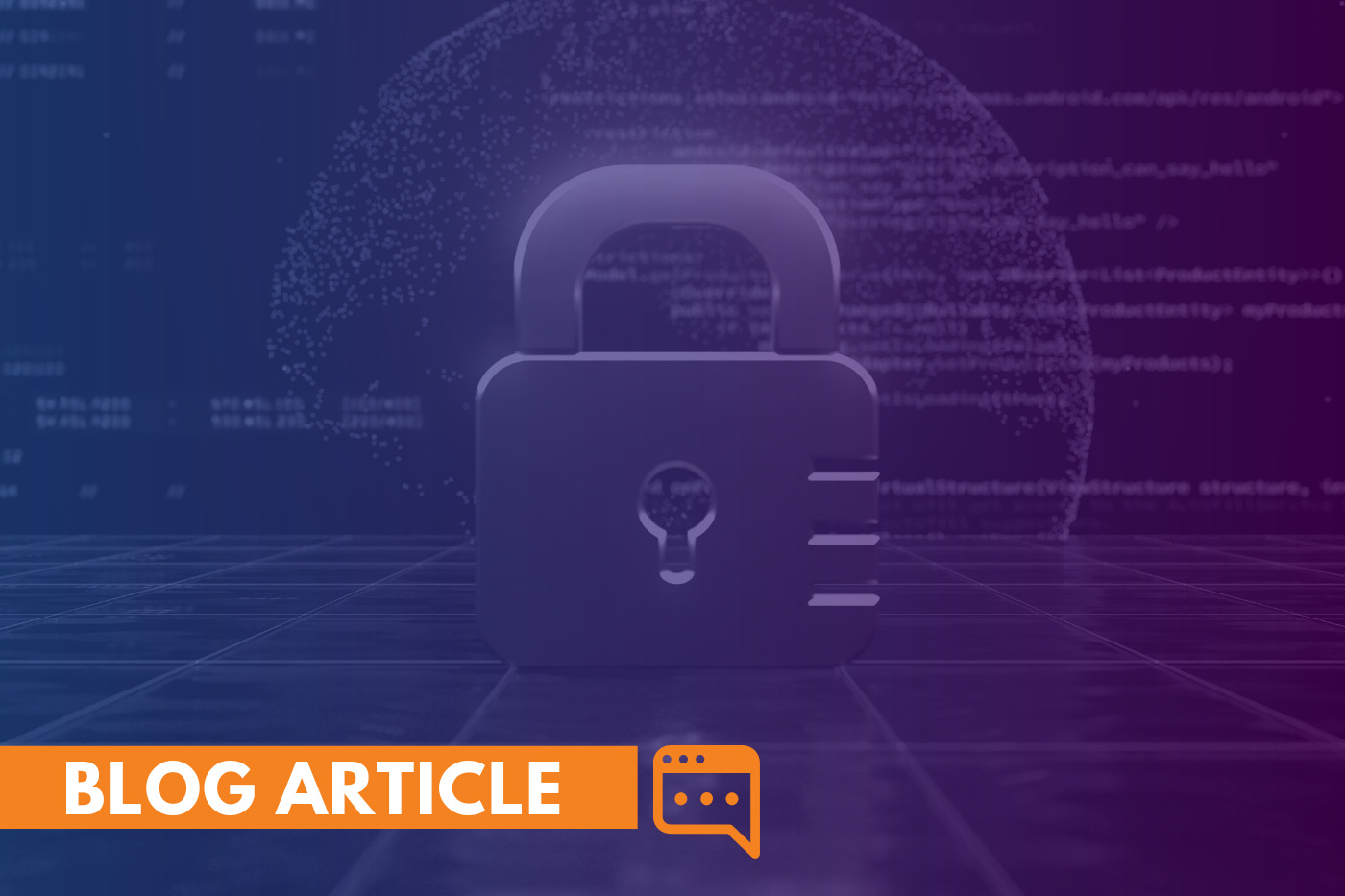

In today’s fast-moving digital world, the importance of proactive cybersecurity and vulnerability management cannot be overstated. A recent incident that underscores this need is the MOVEit compromise, a sophisticated breach perpetrated against a data transfer software tool that has captured headlines for several months.
During a recent live webinar, Rick Mutzel, Security & Compliance Officer at Omega Systems, delved into the details of the MOVEit compromise, reviewing the severity of its impact and highlighting the significance of a multi-layered security program to mitigate and manage complex vulnerabilities and cybersecurity threats.
The cybersecurity community has been abuzz with the recent compromise of Progress MOVEit, a managed file transfer application designed to allow businesses to share large amounts of (often sensitive) data, such as social security numbers, medical records, and pension information. This breach has exposed the data of over 60 million victims and over two thousand organizations thus far, with a notable concentration in the United States, particularly within the financial services sector.
The compromise unfolded over several months, starting in late May 2023, when threat actors hacked MOVEit via a zero-day SQL injection vulnerability. (As their name suggests, zero-day vulnerabilities are security flaws exploited by cybercriminals before software vendors can provide a fix – leaving them with “zero days” to respond.) Progress Software, the parent company of MOVEit, disclosed the vulnerability a few days later. Less than two weeks after the initial incident, Russia’s “Cl0p” gang claimed responsibility for the breach and set a date for victims to negotiate ransom payments.
As the compromise continued, additional vulnerabilities in the platform were identified and subsequently addressed through multiple patches released by Progress.
The breach had a profound impact on various sectors, with financial services being hit the hardest. An estimated 80-90% of victims were organizations in the United States, and more than 30% of these were within the financial services sector. Healthcare, information technology, government, and military sectors were also hit, underscoring the broad reach of the slow-moving disaster.
To make matters worse, the compromise revealed high levels of risk posed by third-party vendors, with about 60% of victims being indirectly impacted through the use of MOVEit bundled with other applications. Moreover, the number of victims and compromised Personal Identifiable Information (PII) records steadily increased over the last several months, demonstrating the dragging nature of the breach and emphasizing the need for more robust cybersecurity practices across various industries and company sizes.
Even the most robust cybersecurity prevention programs are not fool-proof, and threat actors have demonstrated a continued drive to exploit system vulnerabilities for economic gain. But that doesn’t negate the need for strong cyber protections and security investments to protect against evolving ransomware threats and zero-day vulnerabilities.
As the MOVEit compromise has shown us, there are several necessary security layers to include within a business’s cyber threat prevention program:
To gain insight into your vulnerability profile, ask your managed service provider (MSP) for a copy of your vulnerability report or contact Omega Systems today to schedule an IT risk assessment.
The MOVEit compromise is a poignant reminder of the threat landscape organizations navigate today. As cyber threats increase in sophistication and demands from clients, insurers, regulators, and internal stakeholders grow, building or improving your security program can be challenging.
Gain insights into the vital components required to evolve into a security-focused organization in 2024 and beyond by reading Omega’s e-book, Cybersecurity Risk Management: Anticipating Future Trends and Planning Strategies for 2024:
 Cybersecurity Planning for 2024
Cybersecurity Planning for 2024Proper cybersecurity risk management requires thoughtful attention, resources and investments to ensure data is safeguarded. Begin your 2024 cybersecurity planning here.
Connect with Omega’s security experts today to discover how to enhance your overall security posture.